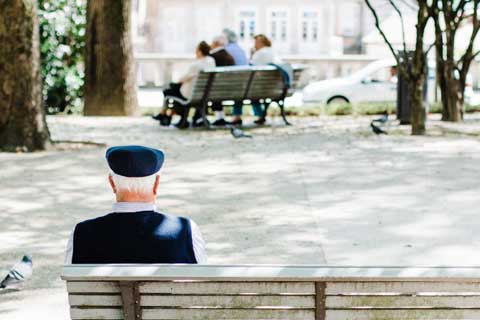Elderly Homeless Crisis
 Last year, after analyzing historical records of shelter admissions in three major American cities, a team of researchers published a sobering projection that in the next 10 years, the number of elderly people experiencing homelessness would nearly triple, as a wave of late baby boomers ages. And that projection came before the pandemic hit, which has stretched what remains of the social safety net to the breaking point.
Last year, after analyzing historical records of shelter admissions in three major American cities, a team of researchers published a sobering projection that in the next 10 years, the number of elderly people experiencing homelessness would nearly triple, as a wave of late baby boomers ages. And that projection came before the pandemic hit, which has stretched what remains of the social safety net to the breaking point.
Younger members of the boomer generation (born between 1955-1965) continue to make up the dominant homeless population in the United States. While the first half of the boomer generation entered adulthood on the wings of economic prosperity, those born during the second half, faced entirely different circumstances. They struggled with housing and labor markets crowded by their generational predecessors. Higher home prices and lower wages fueled a lopsided competition that made it difficult for the poor and less educated to gain a foothold in the economy.